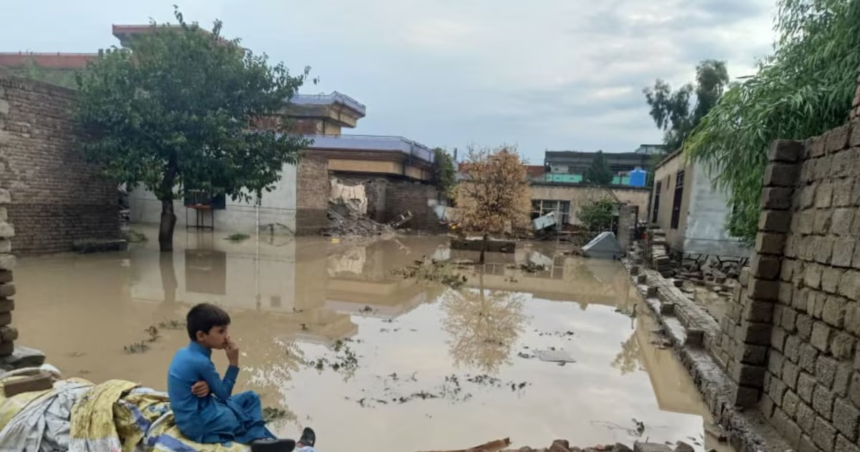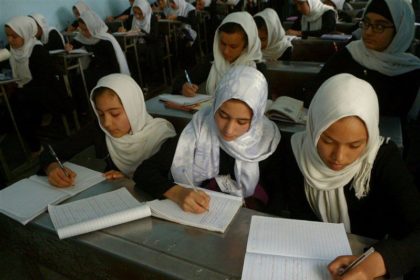RASC News Agency: Torrential rains and flash floods have devastated the districts of Haska Mina and Chaparhar in Nangarhar province, leaving at least five people dead and eight others gravely injured. Local Taliban officials, while confirming the casualties, admitted that large portions of vital connecting roads have been swept away, thousands of acres of farmland destroyed, and irrigation canals lifelines for an already impoverished rural population have collapsed under the force of the water. For the families of Nangarhar, however, the devastation goes far beyond statistics. Residents told media that entire livelihoods have been swallowed overnight homes flattened, fields buried, and sources of food and income obliterated. “We have lost everything, even the roof over our heads,” one displaced villager said, adding that despite the Taliban’s empty promises, “not a single bag of flour or shelter has reached us.” Families now huddle under the open sky, exposed to hunger, disease, and despair, abandoned by a regime that thrives on control but fails at governance.
The floods underscore a grim truth: under Taliban rule, disaster management is little more than an afterthought. The group, obsessed with imposing harsh social controls, has neither the vision nor the institutional capacity to prepare for or respond to natural catastrophes. Past crises floods, earthquakes, and droughts have followed the same tragic cycle: destruction, despair, and neglect. Relief efforts, when they appear at all, are piecemeal, symbolic gestures, designed more to project legitimacy than to genuinely alleviate suffering. Climate and disaster management experts warn that Afghanistan is entering an era of heightened vulnerability. Rising temperatures and shifting weather patterns are accelerating the frequency of floods, droughts, and landslides. Yet, in a country stripped of functioning institutions, the absence of early-warning systems and the Taliban’s blatant disregard for preparedness guarantee that each new disaster brings avoidable death and ruin. Analysts emphasize that while international aid once attempted to build community resilience, today Afghanistan is governed by an insular regime that spends its resources policing women, silencing dissent, and consolidating authoritarian power while its citizens drown, starve, and despair.
This latest disaster in Nangarhar is not isolated. Only days earlier, destructive floods struck the provinces of Kunar, Khost, and Nuristan, killing civilians, sweeping away homes, and washing out farmland. For Afghanistani citizens, this has become a cruel pattern: nature’s fury compounded by political neglect, where survival itself becomes a daily act of resistance against both the elements and a regime that has abandoned them.
Floods Ravage Nangarhar: 13 Dead and Injured, Dozens of Homes Reduced to Rubble






